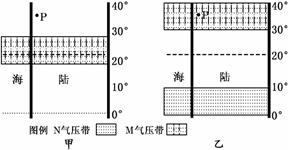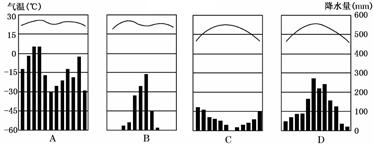Anyone who doubts that children are born with a healthy amount of ambition need spend only a few minutes with a baby eagerly learning to walk or a headp toddler starting to talk. No matter how many times the little ones stumble in their initial efforts, most keep on trying, determined to master their amazing new skill. It is only several years later, around the start of middle or junior high school, many psychologists and teachers agree, that a good number of kids seem to lose their natural drive to succeed and end up joining the ranks of underachievers. For the parents of such kids, whose own ambition is often inextricably tied to their children’s success, it can be a bewildering, painful experience. So it’s no wonder some parents find themselves hoping that, just maybe, ambition can be taught like any other subject at school.
It’s not quite that simple. "Kids can be given the opportunities to become passionate about a subject or activity, but they can’t be forced," says Jacquelynne Eccles, a psychology professor at the University of Michigan, who led a landmark, 25-year study examining what motivated first-and seventh-graders in three school districts. Even so, a growing number of educators and psychologists do believe it is possible to unearth ambition in students who don’t seem to have much. They say that by instilling confidence, encouraging some risk taking, being accepting of failure and expanding the areas in which children may be successful, both parents and teachers can reignite that innate desire to achieve.
Figuring out why the fire went out is the first step. Assuming that a kid doesn’t suffer from an emotional or learning disability, or isn’t involved in some family crisis at home, many educators attribute a sudden lack of motivation to a fear of failure or peer pressure that conveys the message that doing well academically somehow isn’t cool. "Kids get so caught up in the moment-to-moment issue of will they look smart or dumb, and it blocks them from thinking about the long term, says Carol Dweck, a psychology professor at Stanford. You have to teach them that they are in charge of their intellectual growth. " Over the past couple of years, Dweck has helped run an experimental workshop with New York City public school seventh-graders to do just that. Dubbed Brainology, the unorthodox approach uses basic neuroscience to teach kids how the brain works and how it can continue to develop throughout life. "The message is that everything is within the kids’ control, that their intelligence is malleable," says Lisa Blackwell, a research scientist at Columbia University who has worked with Dweck to develop and run the program, which has helped increase the students’ interest in school and turned around their declining math grades. More than any teacher or workshop, Blackwell says, "parents can play a critical role in conveying this message to their children by praising their effort, strategy and progress rather than emphasizing their ’smartness’ or praising high performance alone. Most of all, parents should let their kids know that mistakes are a part of learning. "
Some experts say our education system, with its p emphasis on testing and rigid separation of students into different levels of ability, also bears blame for the disappearance of drive in some kids. "These programs shut down the motivation of all kids who aren’t considered gifted and talented. They destroy their confidence," says Jeff Howard, a social psychologist and president of the Efficacy Institute, a Boston-area organization that works with teachers and parents in school districts around the country to help improve children’s academic performance. Howard and other educators say it’s important to expose kids to a world beyond homework and tests, through volunteer work, sports, hobbies and other extracurricular activities. "The crux of the issue is that many students experience education as irrelevant to their life goals and ambitions," says Michael Nakkual, a Harvard education professor who runs a Boston-area mentoring program called Project IF (Inventing the Future), which works to get low-income underachievers in touch with their aspirations. The key to getting kids to aim higher at school is to disabuse them of the notion that classwork is irrelevant, to show them how doing well at school can actually help them fulfill their dreams beyond it. Like any ambitious toddler, they need to understand that you have to learn to walk before you can run.
Which of the following best expresses the main idea of the first paragraph
A.Children are born with a kind of healthy ambition.
B.How a baby learns to walk and talk.
C.Ambition can be taught like other subjects at school.
D.Some teenage children lose their drive to succeed.


